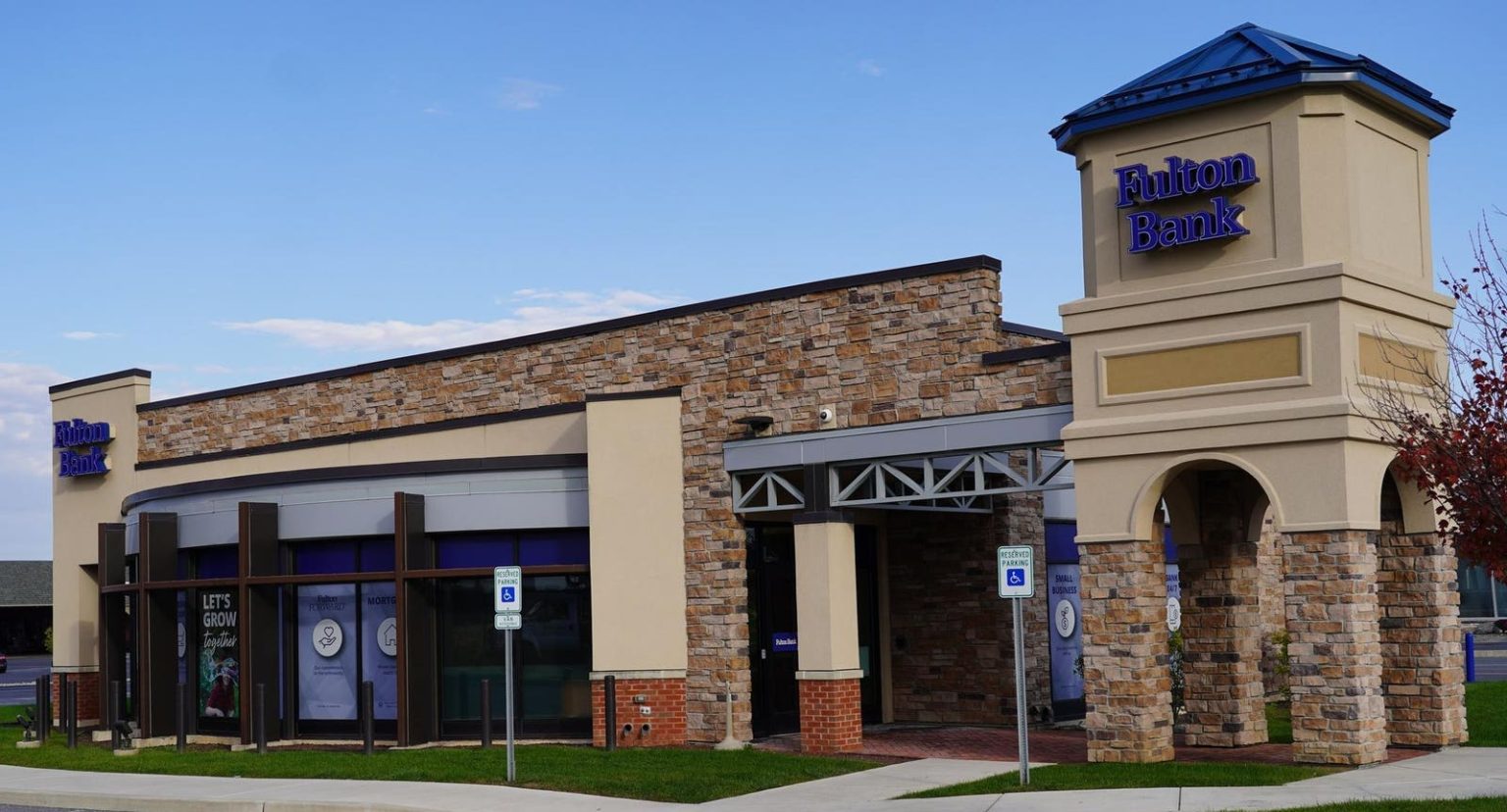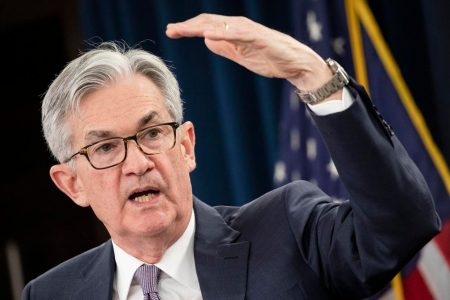By Shefali Kapadia
Leslie Weist knew she was assuming significant risk when she decided to secure a loan two years ago to construct a new building for her small Ohio-based business, Michael Byrne Manufacturing. So, it was critical to be able to count on the financial institution she chose as her lender.
Picking the right bank is “a major decision and undertaking,” says Weist, vice president of operations at the company. “Having a banking partner that you trust makes a big difference.”
While Michael Byrne Manufacturing already had a relationship with Park National Bank going back decades to when Weist’s grandfather ran the manufacturing company, it was the personalized service that ultimately compelled Weist to work with the Ohio-based bank on the loan. The bank’s account manager took the time to visit Michael Byrne’s manufacturing site and offices to discuss finances, and let Weist know about loan options available through the state of Ohio, which helped her secure a lower interest rate for the loan. And throughout the process, Weist never felt she was on her own: “Having someone local that you can call, meet with face-to-face … you really do build that relationship,” she says.
That personal touch not only won over Weist, it also helped Park National Bank earn the ranking of No. 1 bank in Ohio on Forbes’ list of America’s Best Banks in Each State 2024.
To create this seventh annual list—along with our list of America’s Best Credit Unions in Each State 2024—Forbes partnered with market research firm Statista and surveyed approximately 26,000 United States residents. Participants were asked to name banks and credit unions at which they currently have (and previously had) a checking or savings account. They were also asked about banks and credit unions they know through friends and family. Respondents were asked if they would recommend those institutions to others and to rate them on such criteria as customer service, fees, digital offerings, financial advice given by representatives, and the trust the organizations inspired.
In addition to the survey responses, Statista collected online text reviews and ratings about the banks and credit unions posted between February 2021 and March 2024. Both the survey responses and the online research were incorporated into the analysis and scoring process, and the financial institutions with the highest scores landed on our lists. (Larger banks and credit unions with branches in 15 or more states—including Bank of America, Wells Fargo and JPMorgan Chase—were excluded.) In total, 185 banks and 207 credit unions were ranked in one or more states. (For more on the methodology, see below.)
These top regional banks and credit unions—which populate this year’s lists—have learned how to build a loyal customer base despite being smaller and having fewer resources than their larger counterparts with branches spanning the country, and often the world.
OneAZ Credit Union (No. 2 in Arizona), for example, faces “intense competition from both traditional banks and fintech companies,” says Brandon Michaels, the credit union’s CEO and president, given that those financial institutions often boast the ability to invest more in technology and marketing than smaller banks and credit unions.
Furthermore, younger consumers have been gravitating toward larger banks, creating an “existential crisis” for community banks and credit unions, says Bill Handel, general manager and chief economist of research firm Raddon, a Fiserv company.
But OneAZ has used its smaller size to its advantage. “Our focus on creating a people-first culture, where both associates and members feel tied to our purpose, sets us apart,” says Michaels.
Similarly, Fulton Bank (No. 1 in Delaware, No. 3 in New Jersey and No. 5 in its headquarters state of Pennsylvania), “is big and small in all the right ways,” says Chairman and CEO Curt Myers—big in that it offers a range of products and services like a large bank, and small in that it delivers personalized service like a community bank.
Fulton Bank also offers “trusted expertise,” through a range of programs including free seminars for first-time homebuyers and mentorship and education opportunities for business owners.
Huntington Bank (No. 5 in Indiana, No. 2 in Michigan, No. 3 in Ohio, No. 4 in Pennsylvania and No. 6 in West Virginia), ranked in more states than any other bank on Forbes’ list. Founded in Ohio in 1866, Huntington has grown substantially since then—with branches in 11 states today—but its local teams “let us feel like we’re a small bank,” says CEO Steve Steinour. “We’re like the hometown bank in these different markets.”
Consider 2010, when Huntington eliminated hidden fees and enacted a 24-hour grace period for overdraws. Though the policy created a short-term “headwind” that Steinour says resulted in millions of dollars in lost revenue for the bank, he says he doesn’t regret the decision because it led to a better customer experience. “We’re growing our business in the right way, in a consumer-friendly way, and so it replicates itself,” Steinour says.
Golden 1 Credit Union (No. 11 in California) also prides itself on being in the business of looking out for its members. CEO Donna Bland says credit unions—which are not-for-profits—embody a “people-helping-people” culture, with such offerings as Golden 1’s financial wellness resource center and programs for first-time homebuyers that include down payment assistance and closing cost credits.
That community-minded ethos drew Kate Ottavio Kent, owner of kok Public Relations, to Connecticut-based Sikorsky Credit Union (No. 1 in Connecticut). “It’s a matter of comfort and customer service,” Kent says. Plus, “I like supporting the small guy and the credit union versus a big bank.”
Kent initially joined Sikorsky for her personal finances, and later began using the credit union for her business account. She has since found toggling between both accounts to be seamless and says she’s been pleasantly surprised by the individualized care the staff offers. Shortly after opening her business account, when her husband went into the bank, Kent says the branch manager immediately recalled that Kent had just started her business. “The fact that she remembered that … I like that personal attention,” Kent says.
Handel, from research firm Raddon, contends that this level of service is exactly where branches can stand outshine. Since many transactions are now conducted digitally, he says, customers tend to come into the branch for a conversation with someone they trust: “That’s where the competency of your people really matters.”
And the leaders of top banks and credit unions have recognized that to provide great service, they need to have great branch employees. Case in point: Huntington Bank has raised wages and added employee benefits, according to Steinour, including what the bank refers to as “preimbursement” for college tuition. Steinour also makes a priority of keeping an open line of communication with employees, who he says often have the best ideas on how the bank can improve. One such improvement: tellers suggested a 24-hour grace period on overdraws—and that’s an idea you can take to the bank.
For the full list of America’s Best Banks In Each State 2024, click here.
For the full list of America’s Best Credit Unions In Each State 2024, click here.
Methodology
To create the rankings for America’s Best Banks and Credit Unions In Each State 2024, Forbes partnered with market research firm Statista for the seventh straight year and surveyed approximately 26,000 U.S. residents. Participants were asked to name all the banks and credit unions where they currently have—and previously had—a checking or savings account, and to identify financial institutions they know through the experiences of friends and family. Respondents were asked to share their level of satisfaction with the bank or credit union, and their willingness to recommend it to others, and to rate the organization on such criteria as customer service, the quality of financial advice offered by representatives, fee structures, the ease of navigating digital services and accessing help at branch locations, and the degree of trust the financial institutions inspired. Survey responses from the last three years were included, with recent data and responses from current customers were weighted more heavily in our analysis than older data and responses from former customers and friends and family.
For each bank and credit union, Statista also collected online text reviews and ratings posted between February 2021 and March 2024. This research accounted for 20% of the scoring, with the surveys accounting for 80%. The financial institutions with the highest scores landed on our lists. Large nationwide banks and credit unions with branches in more than 15 U.S. states were excluded.
All told, 207 credit unions and 185 banks were ranked in one or more states.
As with all Forbes lists, companies pay no fee to participate or be selected. For questions about this list, visit this resource or contact listdesk [at] forbes.com.
Read the full article here












